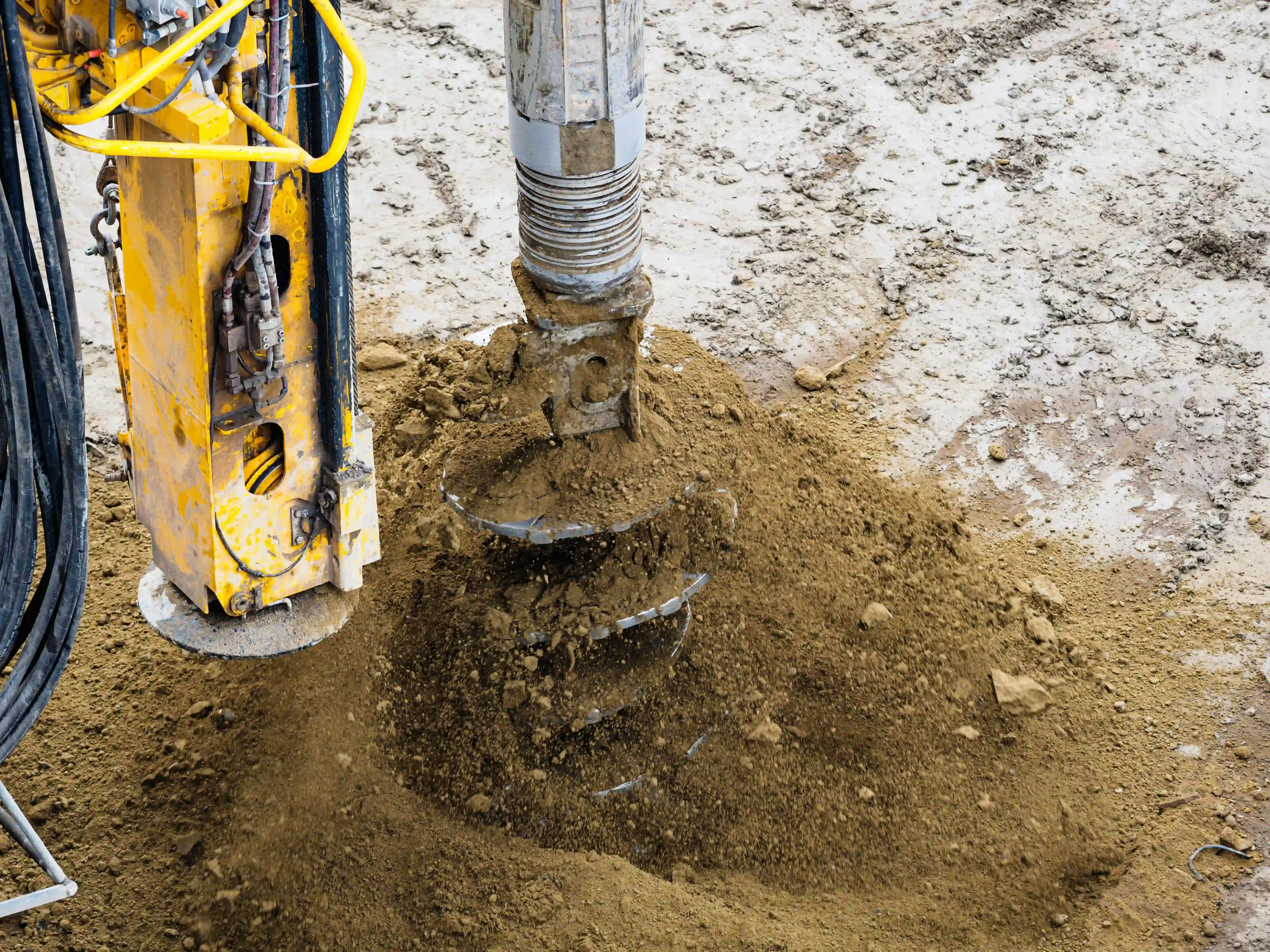Delays are a fact of life on large construction sites, especially in NSW where weather, design changes, and coordination issues frequently disrupt subcontractor workflows. But when it comes to getting paid for that downtime, many subcontractors still struggle to prove their case. The result is lost revenue, rejected claims, and mounting frustration.
What Counts as a Delay (and Why It Matters)
In NSW, delays typically fall into three categories:
- Excusable Delays: Caused by the principal or head contractor (for example, late site access or design changes). These often entitle you to an Extension of Time (EOT) and possibly cost recovery.
- Non-Excusable Delays: Your own fault (for example, labour shortages or equipment failure). No entitlement.
- Concurrent Delays: Both parties contribute. Entitlement depends on contract terms and legal interpretation, as discussed by Lavan Legal.
Understanding the type of delay is crucial because it determines your rights to time extensions and compensation. For instance, under the Building and Construction Industry Security of Payment Act 1999 (NSW), you can claim payment for work done, but proving delays requires solid documentation.
Common Delay Scenarios for NSW Subcontractors
Subcontractors on Tier 1 projects often face delays due to:
- Late or incomplete design information
- Site access restrictions
- Variations issued without adequate notice
- Coordination issues with other trades
- Weather disruptions
These are all common causes noted in Compass Consult’s analysis of construction delays.

How Subcontractors in NSW Can Strengthen Delay Claims and Recover Costs
The Legal Backbone: Proving Delay Claims
To successfully claim for delays, you need to:
- Identify the Delay: Clearly define what caused the delay and when it occurred.
- Establish Entitlement: Demonstrate that the delay was beyond your control and falls under the contract’s compensable events.
- Quantify the Impact: Show how the delay affected your schedule and costs.
Court rulings have consistently emphasized the need for detailed, contemporaneous records, as explained by Lavan Legal.
Best Practices for Delay Documentation
Effective delay documentation should include:
- Daily Site Diaries: Record weather conditions, site access issues, and work performed.
- Photographic Evidence: Time-stamped photos of affected areas or work.
- Correspondence Logs: Emails and letters related to delays.
- Updated Programmes: Reflect changes in the schedule due to delays.
These practices align with recommendations by Lovegrove & Cotton Lawyers.

Leveraging Technology for Delay Management
Modern software solutions can streamline delay documentation:
- DelaySolve: Designed specifically for subcontractors, DelaySolve helps foremen and engineers quickly log on-site delays with timestamped entries, mobile-friendly forms, and instant export for variation claims.
- Planyard: Real-time budget tracking and invoice management.
- Styck: Built for the Australian industry, with features for progress claims and variation tracking.
- Varicon: Captures real-time costs and links them to budget performance.
Navigating Extensions of Time (EOT)
An Extension of Time (EOT) allows for the contractual completion date to be extended due to delays. To secure an EOT:
- Notify Promptly: Inform the head contractor as soon as a delay occurs.
- Provide Evidence: Submit detailed records supporting the delay and its impact.
- Follow Contractual Procedures: Adhere to notice and submission requirements.
These guidelines are reinforced in Norton Rose Fulbright’s construction law insights.

Conclusion
For NSW subcontractors, effectively managing and documenting delays is vital for cost recovery and maintaining profitability. By understanding the legal framework, maintaining detailed records, and leveraging technology, you can strengthen your delay claims and safeguard your business interests.
Frequently Asked Question's about delay documentation
- What is the importance of documenting delays in construction projects?Proper documentation provides evidence to support claims for extensions of time and additional costs, ensuring subcontractors can recover losses due to delays.
- How can technology assist in managing construction delays?Software solutions like DelaySolve, Planyard, Styck, and Varicon help track project progress, manage budgets, and maintain detailed records, simplifying the delay claim process.
- What steps should be taken when a delay occurs?Notify the head contractor promptly, document the delay thoroughly, and follow the procedures outlined in your contract to submit a claim.
- Can subcontractors claim costs for delays caused by the principal?Yes, if the delay is due to the principal’s actions or omissions, subcontractors may be entitled to an extension of time and compensation, provided they have proper documentation.
- What are common pitfalls in delay claims?Failing to notify delays promptly, inadequate documentation, and not adhering to contractual procedures can weaken or invalidate delay claims.



